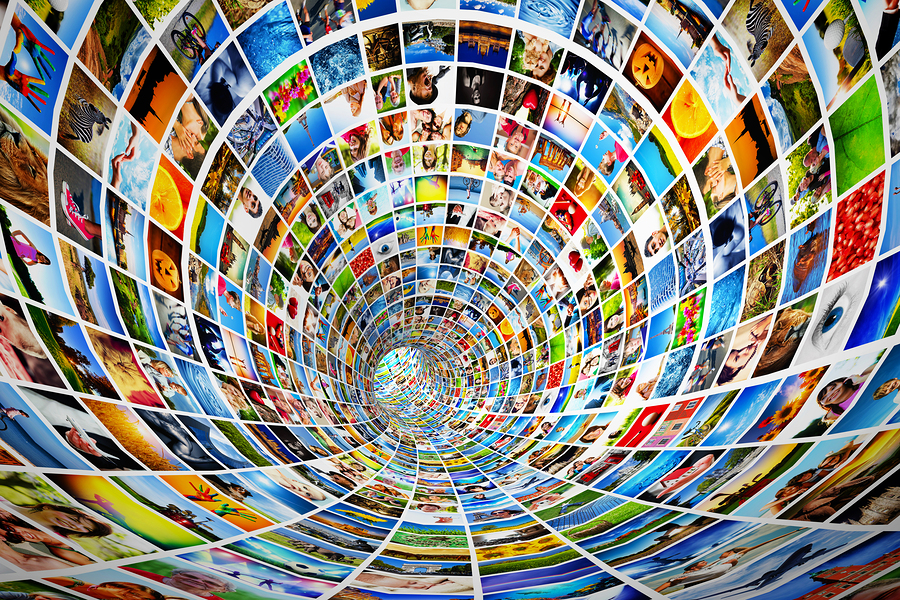Telling a great story requires more than creativity and proper use of punctuation and grammar, a really good story also includes pictures. We live in a visual culture and images are an expected element in blog posts and other online content.
A great image can be used to break up blocks of text while adding interest to the post, which results in more views. Captivating photos help draw readers in and a related caption can make the story even more gripping. Images can draw attention to important points and help engage readers.

Choose images that relate to your story. The goal is to add interest in a positive and connected way.
Not only do photos look great, they play an important role in telling your story. But not just any image will do. As this post points out, certain things need to be considered when choosing images.
First Things First
One of the most important things to consider is the source of your images. Not all images are free to use: in fact, most require a purchase or attribution.
While there are numerous places that offer Creative Commons images, not all of these can be used without proper attribution. For example, attribution for Flickr images should include the title, author, source and license.
Relevance Matters
The purpose of adding images is to make your story more compelling and interesting to read. Only relevant photos can do that. If you are writing about sunsets it makes sense to include images of beautiful sunsets, but if the post is about rain you might want to find images of water puddles, rainfall, or a cloudy sky.
Keep in mind that some readers will merely skim through your content and images give the eyes a resting point. Carefully selected photos can help persuade viewers to actually read the post.
Stay Positive
People are turned off by negativity. Even if you are writing about something that is undesirable, like not having enough money, the topic can be covered in a positive way. In most instances your goal is to offer workable solutions for the readers. The same tactic can be used when selecting images.
For example, when writing about a shortage of cash, rather than choosing a photo that depicts stress, frustration or an empty wallet, you could instead choose an image that shows a workable budget plan, a savings account, or another positive (and relevant) reference.
This is a positive image. Viewers may wonder if this man knows the secret to saving money or if he won the lottery. If interest is piqued viewers may decide to read the entire post.
Resolution, Quality, Size & Tags
Image resolution refers to the pixels per inch. A higher image resolution will result in a clearer image, but a higher resolution will also mean a larger file size, so compromises must be made. When downloading images it is necessary to choose the size and resolution most appropriate for your needs. It is always easier to maintain image quality when downsizing than when increasing the size.
The Media Shower standard width is 400. However, there are times when that is not sufficient. For example, one Media Shower client prefers larger images, with a minimum width of 845 pixels. To meet this request we can download images that are at least 845 pixels wide, upload them to Media Shower as usual, and then make changes to the width, like this: width=”845″.
Image alt tags tell search engines what the image is. To ensure that image alt tags are SEO friendly, we can include the keyword in the tag. To do this, you simply add alt=”this is the keyword” directly behind .jpg” in the tag. The image tag will look something like this:
<img src=”http://www.mediashower.com/img/3276/roofer1.jpg” alt=roofing business” width=”400″ border=”0″ />.
Final Thoughts
Images give stories life: they make the content more interesting to look at and encourage viewers to read your post. But care should be taken when choosing photos. Be sure the image helps tell the story you desire. Keep things positive and upbeat and make your story one that gets read and shared.
